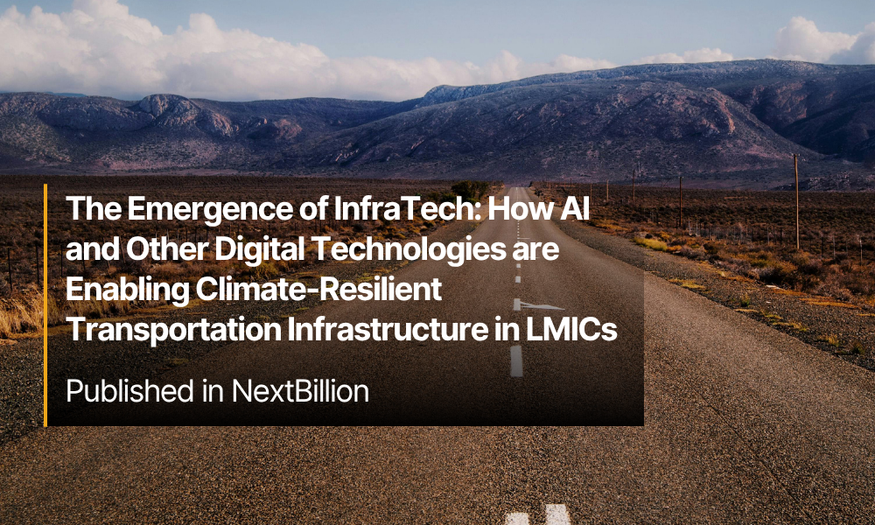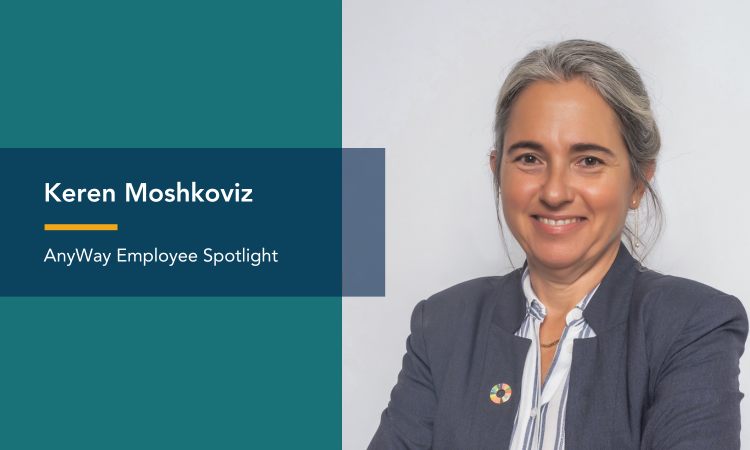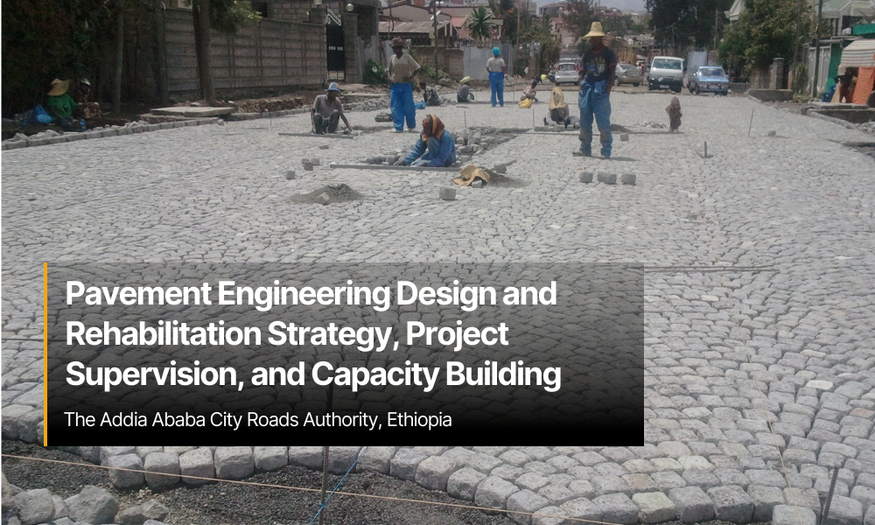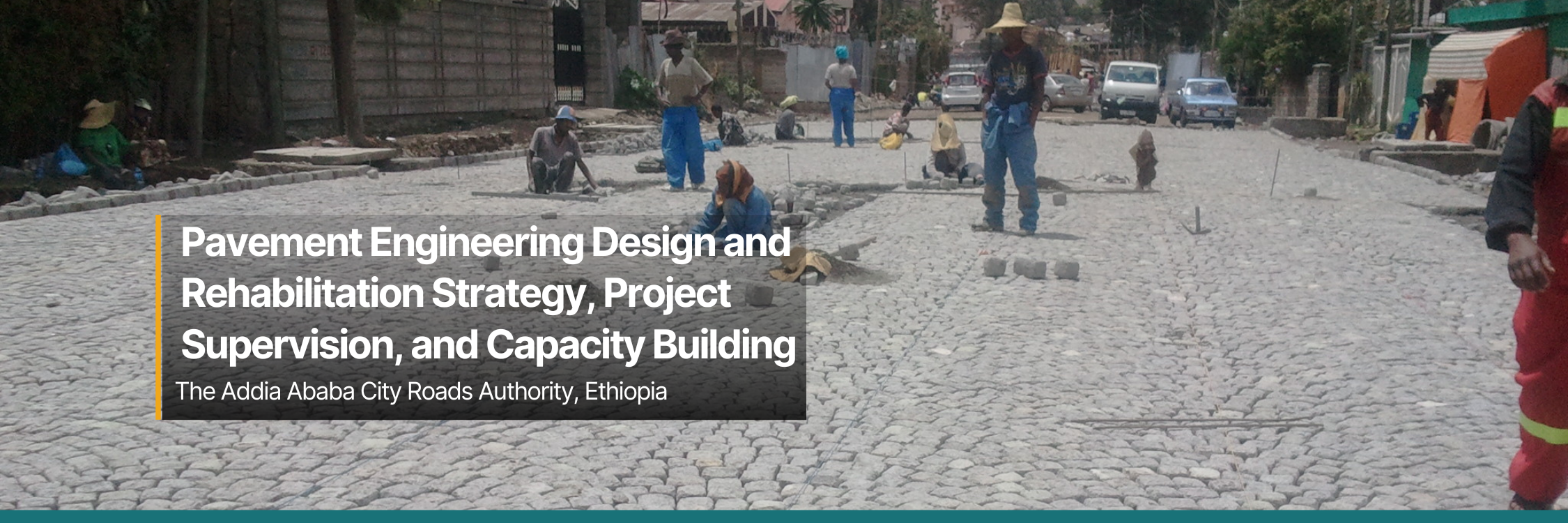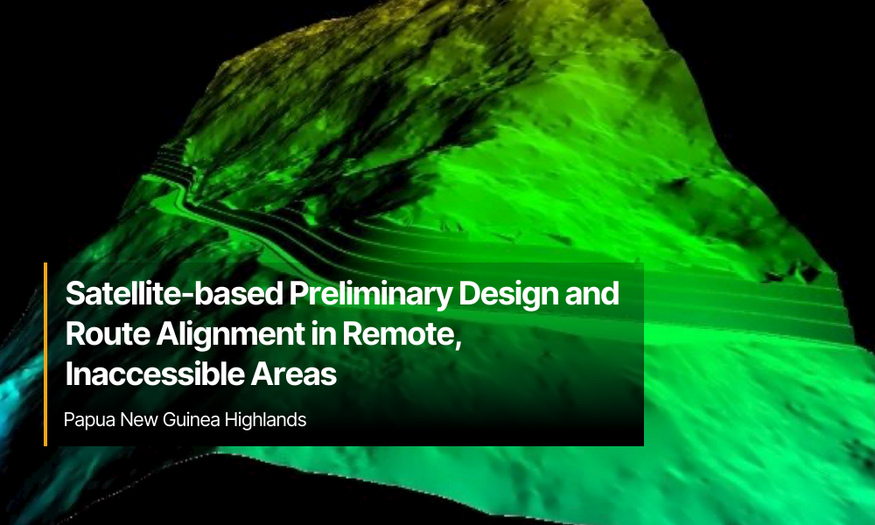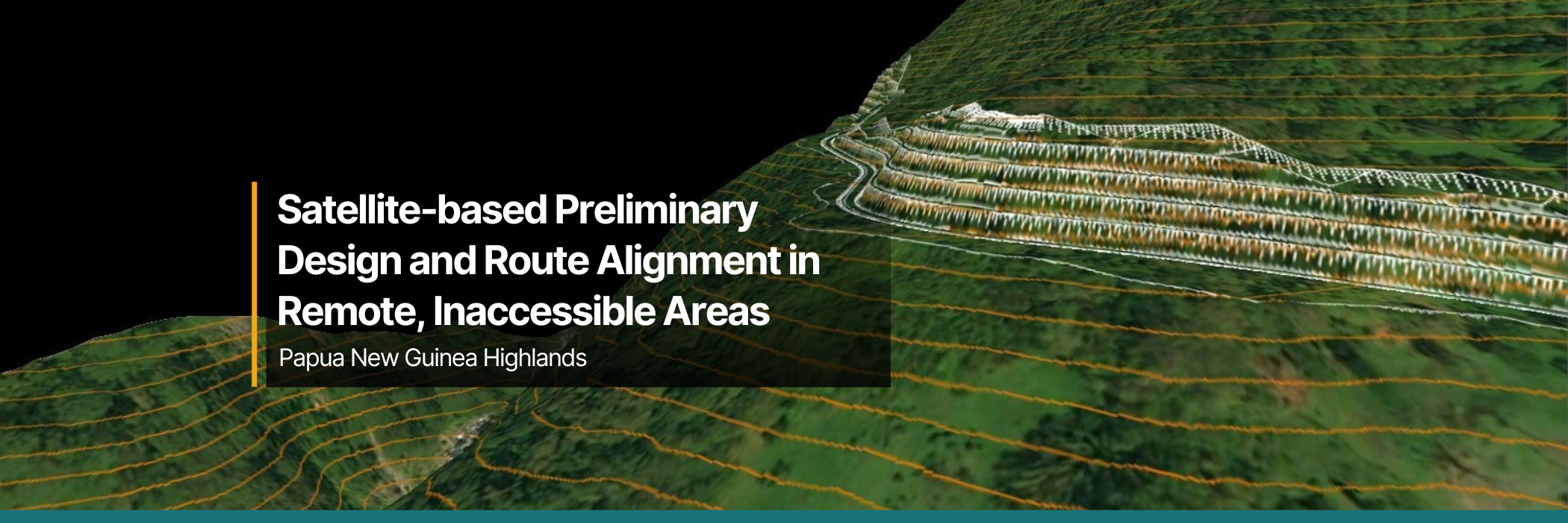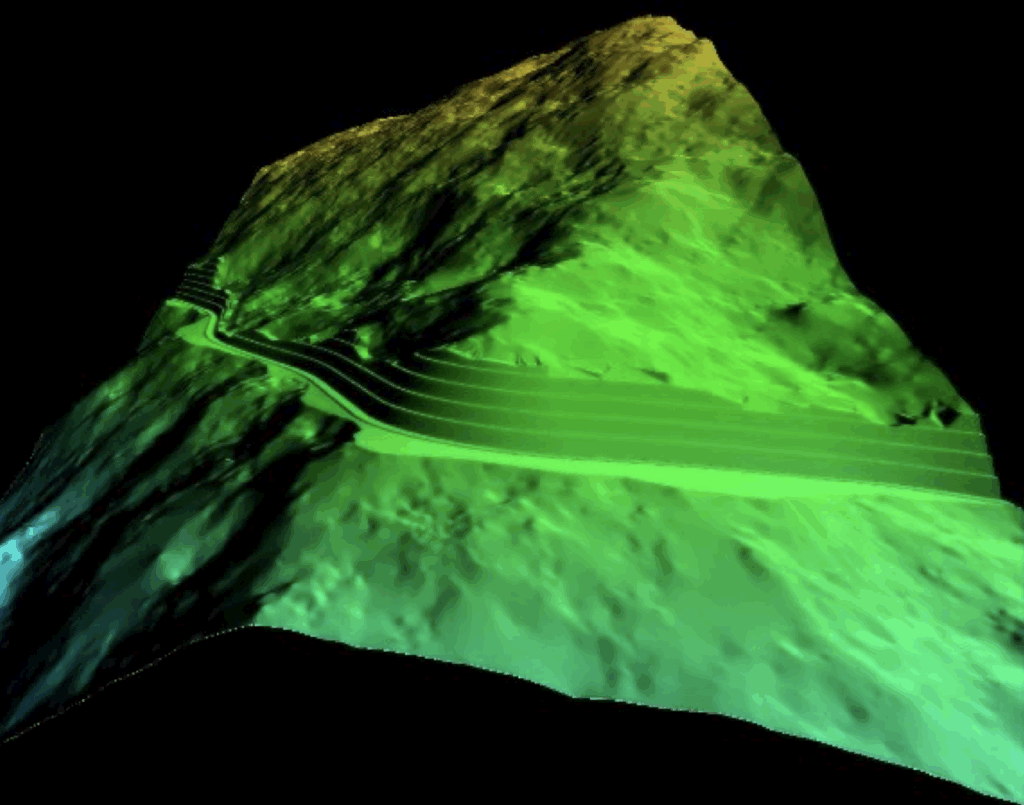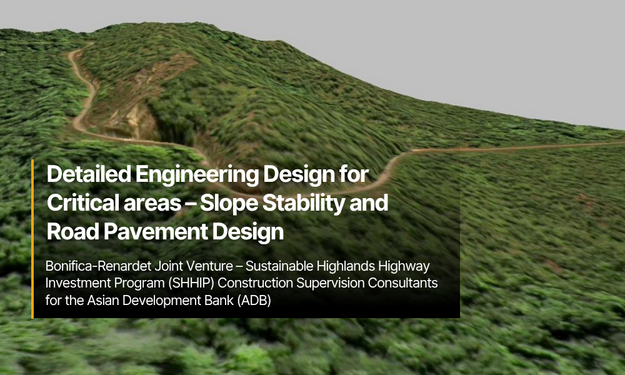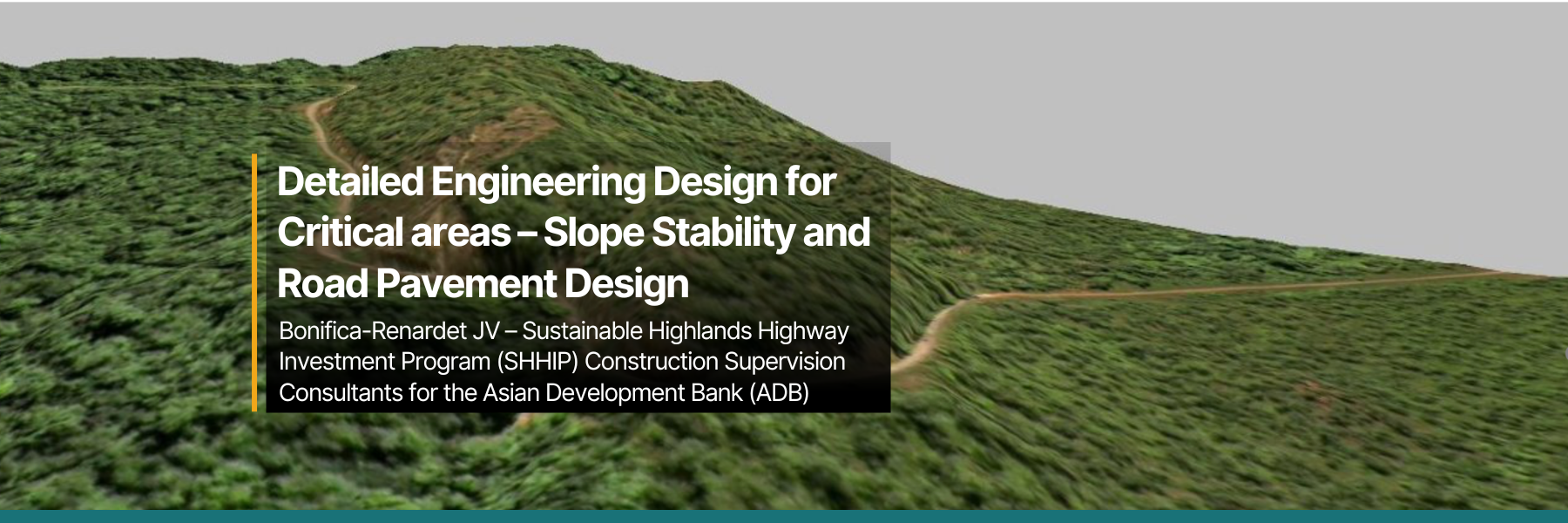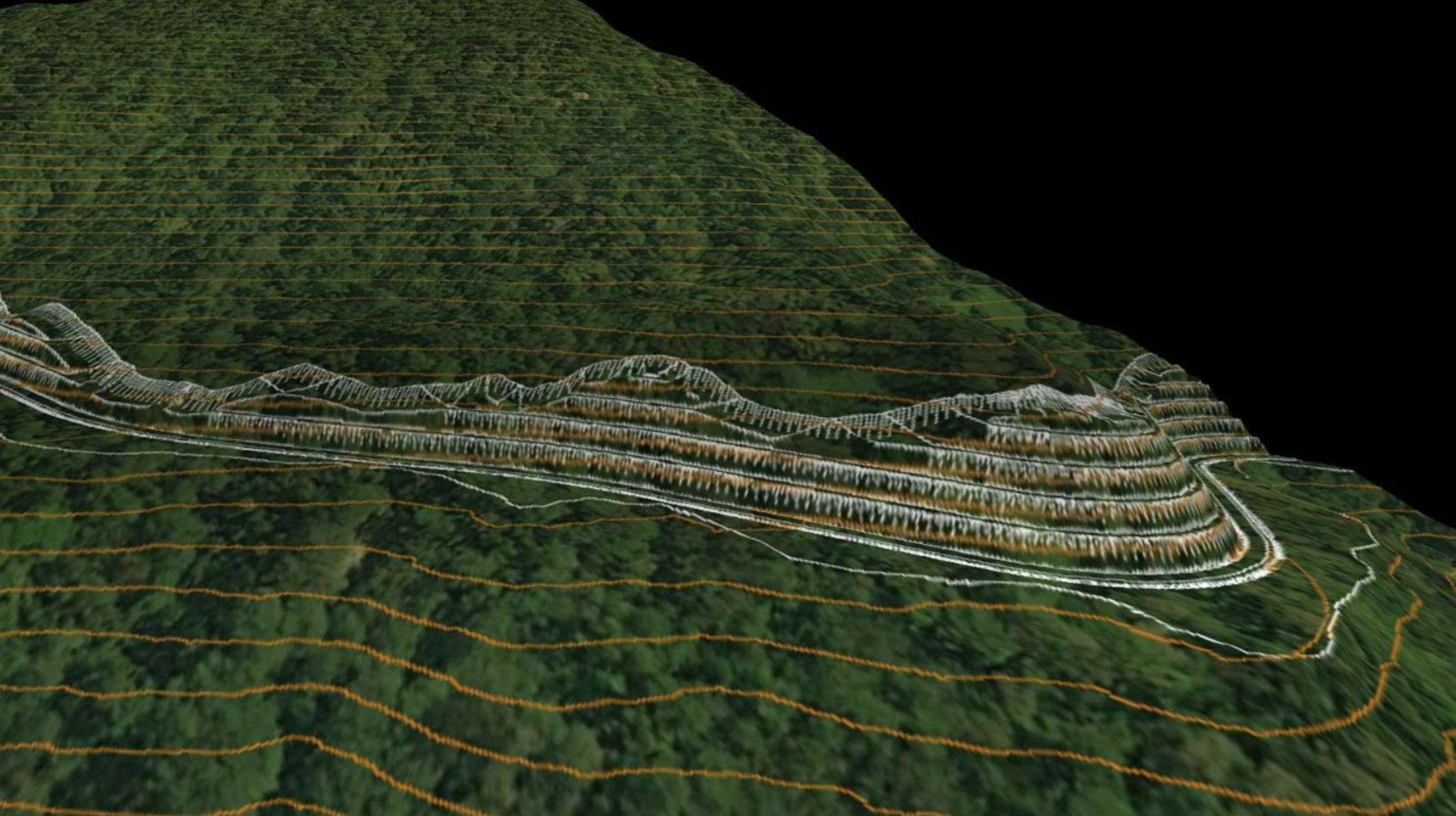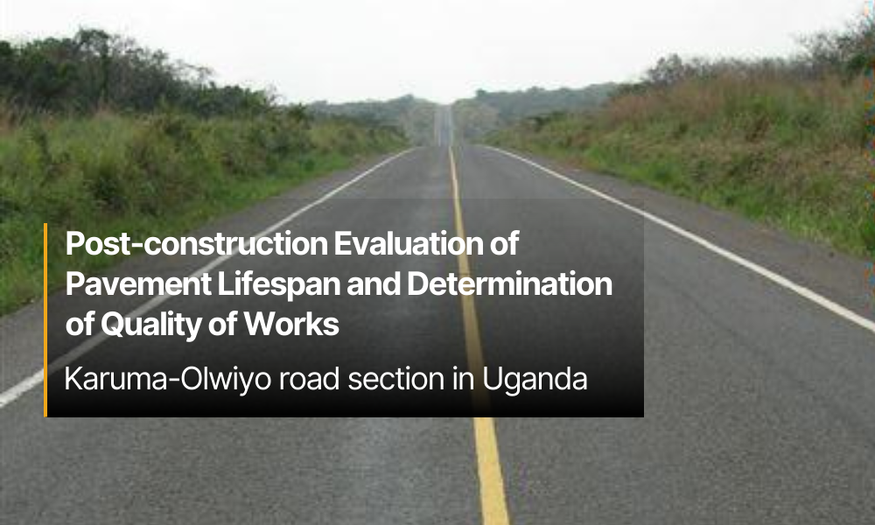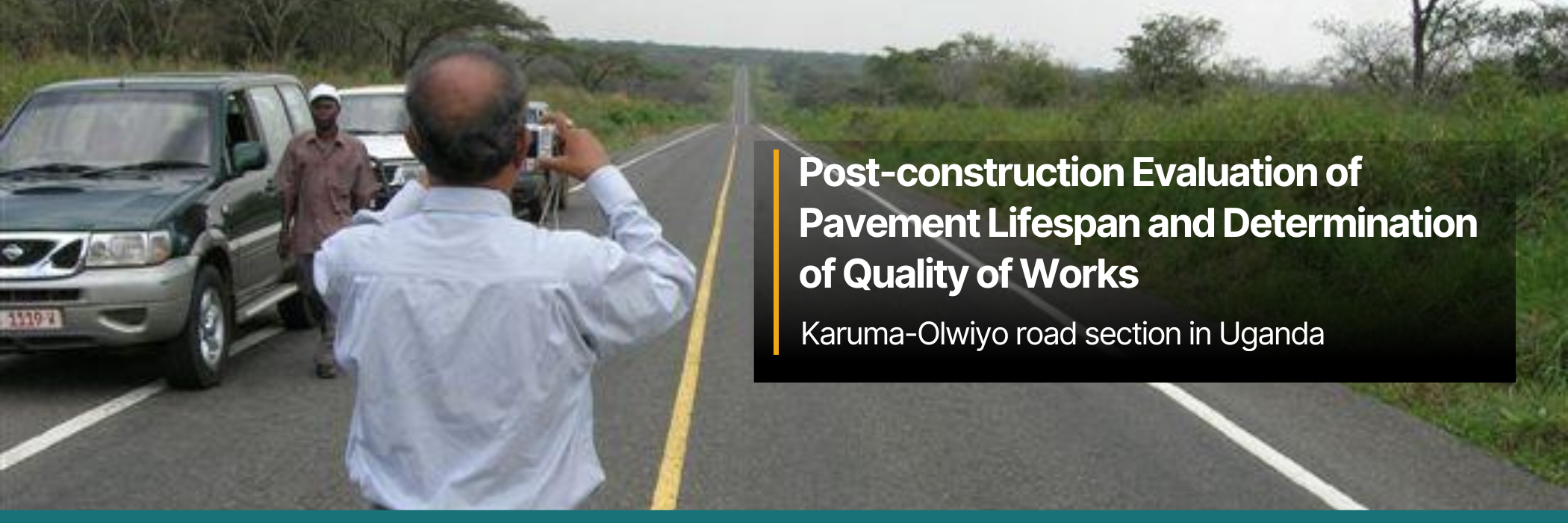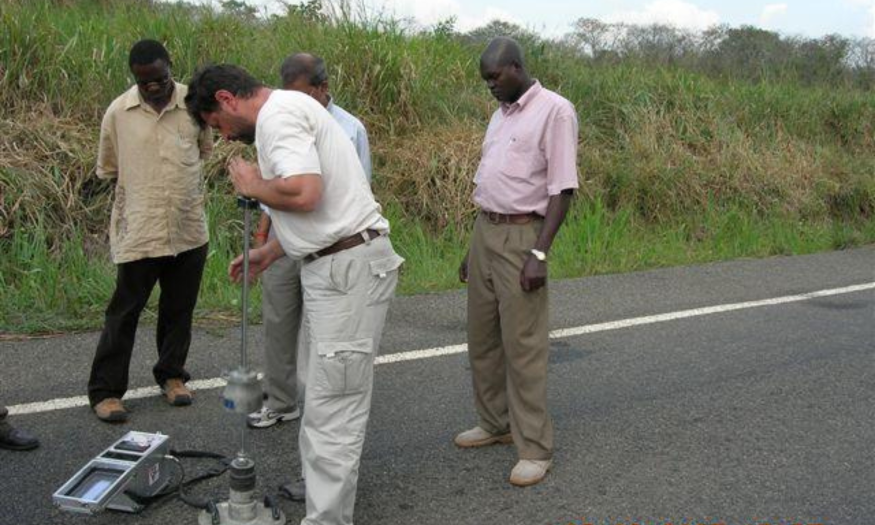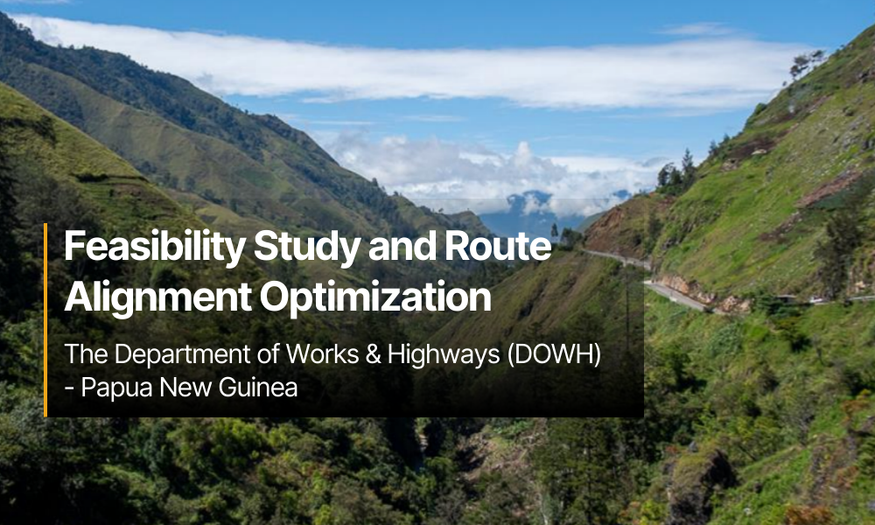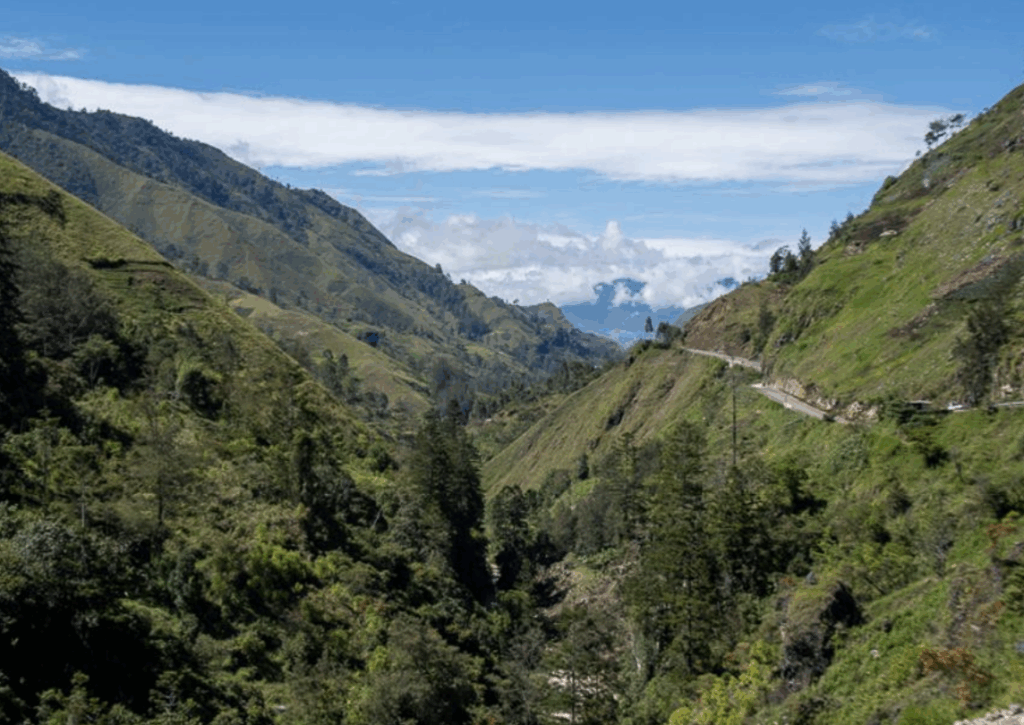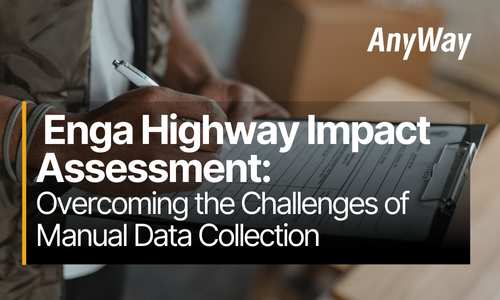AnyWay Solutions Welcomes Mariel Cabero as Tender Administrator
AnyWay Solutions is pleased to announce the addition of Mariel Cabero to our global team as Tender Administrator, reinforcing our commitment to delivering sustainable, climate-resilient transport infrastructure across developing nations.
Mariel brings 7+ years of international experience in cost estimating, tender management, and quantity surveying across the Philippines, Australia, the United Kingdom, and the United States. Her background spans civil works, residential construction, commercial projects, and consultancy support for contractors.
In her role at AnyWay Solutions, Mariel will:
- Coordinate tender submissions, EOIs, and proposal documentation for Multilateral Development Bank (MDB)–funded infrastructure projects.
- Manage a global tender database and procurement opportunity pipeline to support strategic project acquisition.
- Prepare compliance checklists and ensure high-quality, on-time submission of technical documents.
- Collaborate with cross-functional engineering, business development, and project teams to develop competitive and compliant proposals.
- Contribute to workflow improvements in tender management.

Driving Climate-Resilient Transport Infrastructure
AnyWay Solutions’ mission centers on supporting nations as they transition toward safer, more resilient, and sustainable transport systems. Mariel’s experience in civil engineering, cost control, and documentation management strengthens our ability to deliver on this mission.
Her Philippine and international experience brings valuable perspective as AnyWay Solutions expands its portfolio of climate-resilient transport infrastructure initiatives. She will play a key role in ensuring that MDB-funded proposals are well-structured, competitive, and aligned with global standards that ultimately support countries in building infrastructure that can withstand climate-related stresses.
A Strategic Addition to a Growing Global Team
With an engineering foundation from Cebu Technological University and a career shaped by roles in both the field and the office, Mariel understands the technical and administrative dimensions of infrastructure development. Her attention to detail, multi-market expertise, and ability to manage simultaneous deliverables make her an ideal fit for AnyWay Solutions’ fast-growing tender and business development operations.
We are excited to welcome Mariel and look forward to the impact she will help create as we expand our efforts to build resilient, sustainable, and inclusive transport solutions worldwide.
Welcome to AnyWay Solutions, Mariel!


